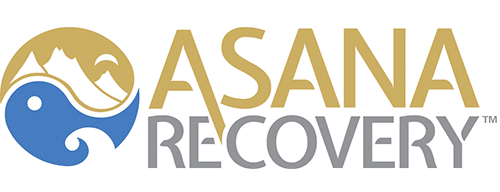Prescription Drug Monitoring Programs (PDMPs) are tools utilized by government officials for reducing prescription drug abuse. PDMPs collect, monitor, and analyze electronically transmitted prescribing and dispensing data submitted by pharmacies and dispensing practitioners. The data is then used for research, prevention, and enforcement.
PDMPs are managed on a state level, and prescription data is provided only to entities authorized by state law. These might include health care practitioners, pharmacists, and law enforcement agencies. PDMPs are not meant to interfere with proper medical use. Licensing and regulatory Boards may also be able to obtain this information, in order to investigate health care professionals who prescribe or dispense prescription-controlled substances. Other possible recipients are state Medicaid programs and state medical examiners or coroners (for the cause of death investigations). As of February 2018, all 50 states, the District of Columbia, and two territories (Guam and Puerto Rico) had operational PDMPs.
PDMPs monitor controlled substances, usually federal schedules II-IV which includes narcotics like Vicodin, tranquilizers like Valium and Xanax, and stimulants like Ritalin. The implementation of a prescription drug monitoring program was associated with more than a 30 percent reduction in the rate of prescribing of Schedule II opioids.
There are some who argue that these programs are ineffective or even dangerous. There is some evidence that tighter control of opioid prescriptions may have led to the increase of heroin use, as people who were suddenly unable to obtain painkillers searched for other alternatives. Also, a PDMP is only useful to health care providers if they actually check the system before prescribing. In 2015, the median PDMP registration rate among licensed prescribers who issued at least one controlled substance prescription was 35 percent. Only some states have implemented policies that require providers to check a state PDMP prior to prescribing certain controlled substances. When pharmacists dispense controlled substances to patients, they have to enter the prescription into the state PDMP. However, pharmacies submit this data at varying intervals, anywhere from a matter of minutes to a month. If there is a long period between dispensing the medication and it is recorded in the state PDMP, the information may not be accurate. This could lead to a prescriber unknowingly contributing to prescription drug abuse. State PDMPs vary with respect to whether or how information contained in the database is shared with other states, so it’s also theoretically possible for someone to obtain a prescription in one state and another day later in a different state.
Another unintended effect is that PDMPs are used primarily by law enforcement, meaning health care providers may fear excessive scrutiny. Penalties for failure to appropriately use PDMPs range from increased liability risk to loss of licenses or even imprisonment. This can make them unwilling to prescribe controlled substances, even for patients who would use it correctly, leading to people in legitimate need of pain relief being unable to obtain it.
If you or a loved one need help to quit a prescription medication or any other drugs or alcohol, contact Asana Recovery. We offer medical detox, along with both residential and outpatient programs, and you’ll be supervised by a highly trained staff of medical professionals, counselors, and therapists. Call us any time at (949-438-4504).



